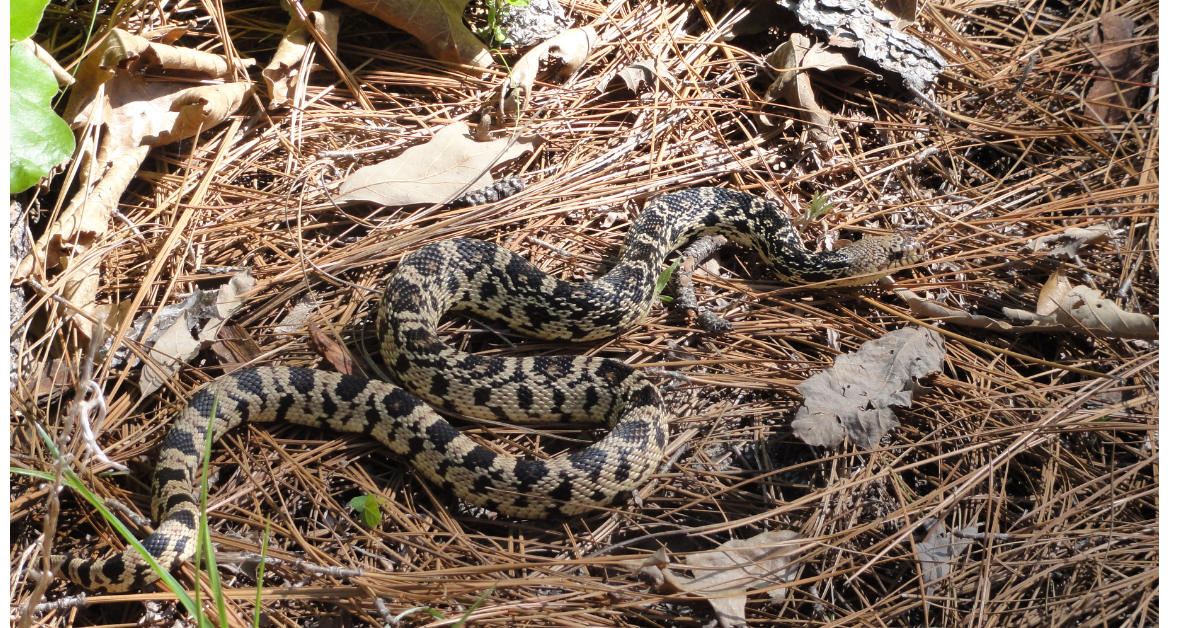FLA Weighs in on Louisiana Pinesnake Critical Habitat Proposal
In October 2022, the U.S. Fish and Wildlife Service proposed to designate 209,520 acres of forestland in Louisiana and Texas as critical habitat for the Louisiana Pinesnake. 72,925 acres of this proposed designation are privately owned, including 2,716 acres of unoccupied private land designated for reintroduction efforts on adjacent National Forest land.
FLA prepared comments highlighting several concerns with the proposal, including:
- Private landowners in the occupied areas of the designation are already protecting the snake by following the existing 4(d) rule guidelines for the snake as well as managing for other species such as the red-cockaded woodpecker, and should therefore not be subject to the economic impacts and additional level of regulatory constraint caused by a critical habitat designation,
- The economic analysis for this proposal does not recognize the full extent of land value depreciation that may result from this designation,
- The unoccupied unit proposed for reintroduction efforts includes private land that will provide no significant additional conservation value for the snake, and these landowners should not be subject to the regulations and economic impacts of a critical habitat designation for a species that has not been found in the unit in 60+ years,
- The lack of data transparency on current trapping data and population statistics,
- Several additional unintended consequences such as disincentivizing longleaf restoration and future collaborative conservation efforts.
FLA collaborated with our members in the footprint of the proposed designation as well as the Louisiana and Texas Forestry Associations to ensure that all concerns regarding private lands were accurately captured in FLA’s comments. official comments were submitted on December 5th
We will continue working with the Service towards both a designation and alternative conservation measures that will benefit the Louisiana pinesnake without creating undue burden on private lands.
Photo: USFWS
